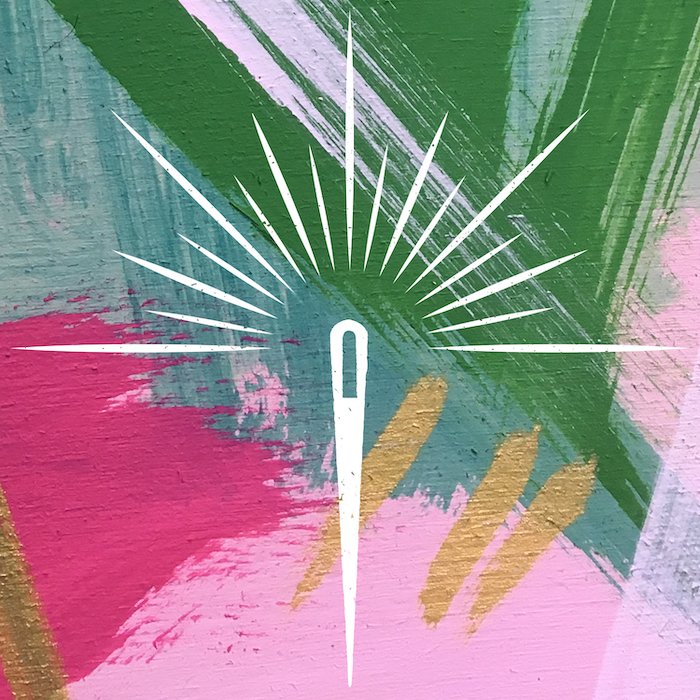Slow fashion on a budget: tips & tricks
Blog contributed by Izi Wilkowski, from our SFW Community. Izi is an aspiring freelance copywriter from Somerset. She has a particular interest in sustainable and ethical businesses within the fashion industry.
We all know about the ethical issues in the fast fashion industry. Severely underpaying garment workers, polluting rivers around factories with harmful dyes and even forced labour are just a few ways the industry is harming people and the planet.
We also know that many of us in the UK are watching our purses a lot more due to the cost of living crisis. Although the true cost of garment production needs to be better understood and we need to see an end to rock bottom prices for fashion, now is the time for us to explore all the different ways we can become more sustainable without needing a big budget.
So what can we do?
Luckily there are myriad ways you can support the slow fashion movement that don’t involve spending a lot of money. In fact, one of the best ways to support slow fashion is to simply consume less fashion.
Here are some tips and tricks that I’ve learnt over the years for how to support slow fashion on a budget.
1. Take photos of items you like
We’ve all been there. We see something we really like in a shop but deep down, we’re not sure we need it. We’re not even sure whether we want the item or just the buzz of buying something.
If you’re not sure about an item, take a photo of it on your phone. Go about your week. If you find yourself returning to the photo, admiring the item and wishing you’d bought it then go ahead! You’ve determined you actually value the object and won’t regret buying it.
On the other hand, you may never return to the photo and might forget about the item. More often than not it would’ve just been a useless impulse buy.
2. The ‘need’ list
Create a list of all the items you need to buy. When you go out shopping, make sure you only buy items from this list. The term ‘need’ is actually quite a broad term so I’d suggest just including what you personally judge to be essential.
To many people, this idea may sound obvious. ‘I only buy what I need anyway!’ However, many of us are a bit hooked on shopping and need a list so we don’t get carried away with purchases!
3. I will try to fix you
When one of your wardrobe staples breaks, see if there’s a way to repair it before throwing it in the bin. Tonnes and tonnes of clothing ends up in landfills every year – or is exported to vast clothing dumps in the Global South.
If you’re not a seamstress, repairing a piece of clothing can seem a daunting task. However, there are some repairs that even a novice can do. For example, if there is a small hole in your jeans you can use colourful embroidery to cover it up.
If the job is beyond your capabilities, find a local alterations provider to help you out. The cost of repairs varies but often their prices are similar to what a new replacement item would cost. Alternatively, have a look online for local repair workshops where professionals teach you the basics of clothing repair.
4. Upcycling (much funner than actual cycling)
This one’s artsy.
Sometimes an item is broken beyond repair. However, it is not necessarily destined for the tip just yet! You can use your creativity to turn it into something else.
There are plenty of Tik Toks and YouTube videos that show you how to upcycle old clothing – creating something fun and unique from what would otherwise be considered as waste.
There is also practical ‘downcycling’ – where clothing scraps from certain fabrics can be used as cleaning cloths or rags.
5. Choose a colour palette for your wardrobe.
Pick a handful of colours you most like to wear that complement one another. If you only buy clothing that matches your chosen palette, all your items go together.
This ensures nothing remains languishing at the back of your wardrobe unworn. At least, the number of these items is reduced. Having a palette when shopping helps narrow down your choices and makes it easier to decide what to buy - if anything.
That’s all folks!
Sustainability in fashion isn’t about having a big budget. You can help the slow fashion movement often with little more than a needle and thread.






